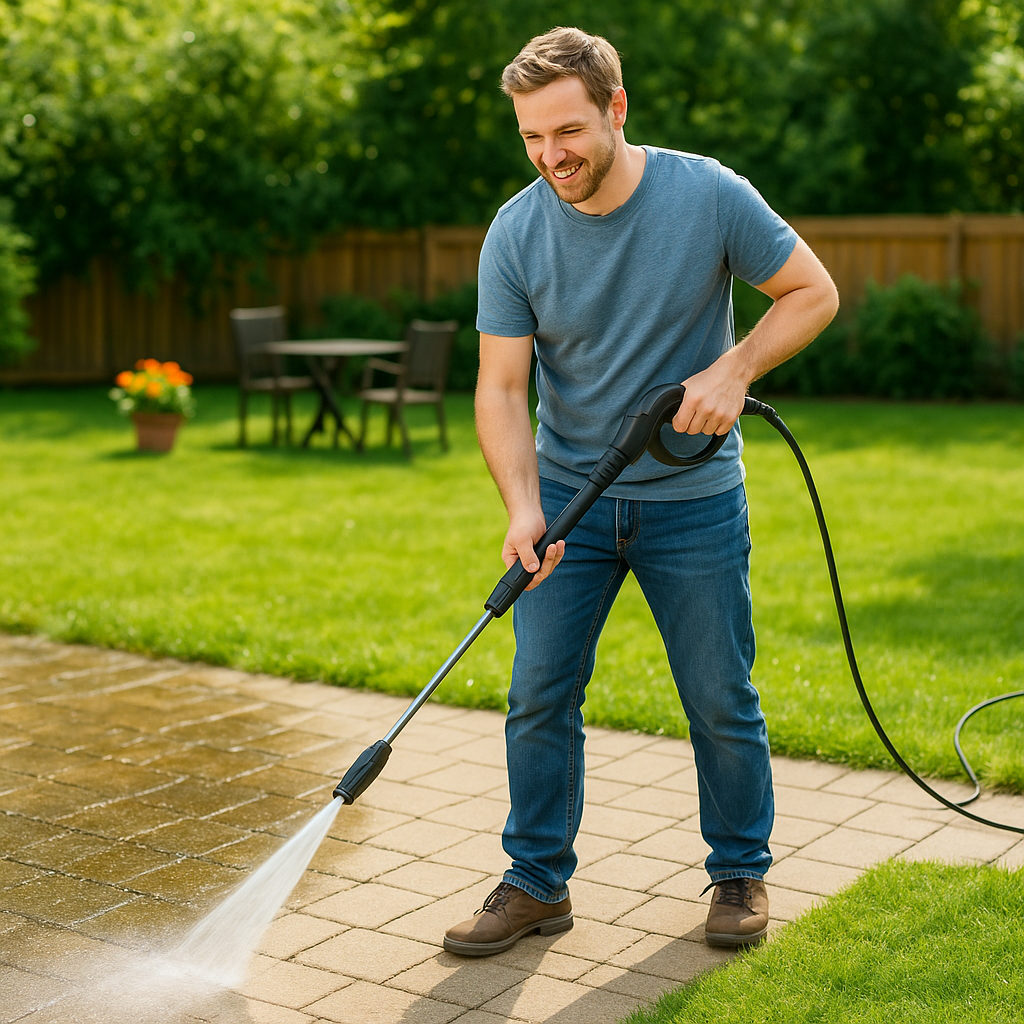
If you’ve recently invested in a gasoline water pump, knowing how to prime and start it correctly is crucial for both performance and longevity. Many pump issues arise not from the machine itself but from incorrect handling during setup. This guide walks you through every step—clearly and confidently—to ensure you get the most from your water pump every time you use it.
Why Priming a Gasoline Water Pump Matters
Before starting your pump, priming is necessary to remove any air trapped inside. If skipped, it can damage the pump or significantly reduce efficiency. Proper priming ensures the impeller works with water—not air—protecting the internal components and ensuring optimal flow.
What You’ll Need
- A gasoline water pump (in good working condition)
- Clean water supply
- Garden hose or container
- Fuel (clean gasoline)
- Oil (if it’s a four-stroke model)
- Safety gloves and goggles
Explore reliable pump models at Bonhoeffer’s Gasoline Water Pump Collection
Step 1: Check Fuel and Oil Levels
Before priming, always inspect fuel and oil levels. Without sufficient lubrication, the engine may overheat or wear prematurely.
- Open the fuel tank cap and fill with fresh gasoline.
- Check the oil dipstick; if low, add the recommended oil grade.
Step 2: Position the Water Pump
Place the water pump on level ground, as close to the water source as possible. Ensure the suction hose is tightly secured and submerged completely for proper priming.
Step 3: Attach Suction and Discharge Hoses
- Connect the suction hose to the gasoline water pump’s inlet port.
- Attach the discharge hose to the outlet port.
- Tighten clamps to prevent air leaks.
Step 4: Prime the Pump
Now it’s time to prime.
- Open the priming plug located at the top of the pump housing.
- Slowly pour clean water into the pump until it overflows.
- Re-secure the priming cap tightly to avoid air entry.
Pro Tip: Never skip this step—even self-priming models require an initial water fill.
Step 5: Set the Choke and Throttle
- Move the choke lever to the “closed” position (for cold starts).
- Set the throttle lever to “start” or “fast” position.
This setting ensures enough fuel-air mixture reaches the engine during ignition.
Step 6: Start the Gasoline Water Pump
- Turn the engine switch to “on.”
- Pull the recoil starter firmly.
- Once the engine is running, move the choke to “open.”
Let the pump run for a few minutes to stabilize. Monitor hoses for leaks or vibration.
Step 7: Monitor Operation and Flow
Check the discharge rate and flow. A steady, powerful stream means your gasoline water pump is working efficiently. If flow is weak or intermittent, recheck for air leaks or clogged filters.
Final Thoughts
Learning how to prime and start a gasoline water pump correctly ensures safer operation and extends its lifespan. With a little care and regular maintenance, these powerful machines can deliver outstanding performance in agriculture, construction, and emergency scenarios.
Need a reliable model? Visit Bonhoeffer’s gasoline water pump collection for premium options built to last.
Also Read: Electric vs Gasoline Water Pump: Which Is Best for You?







